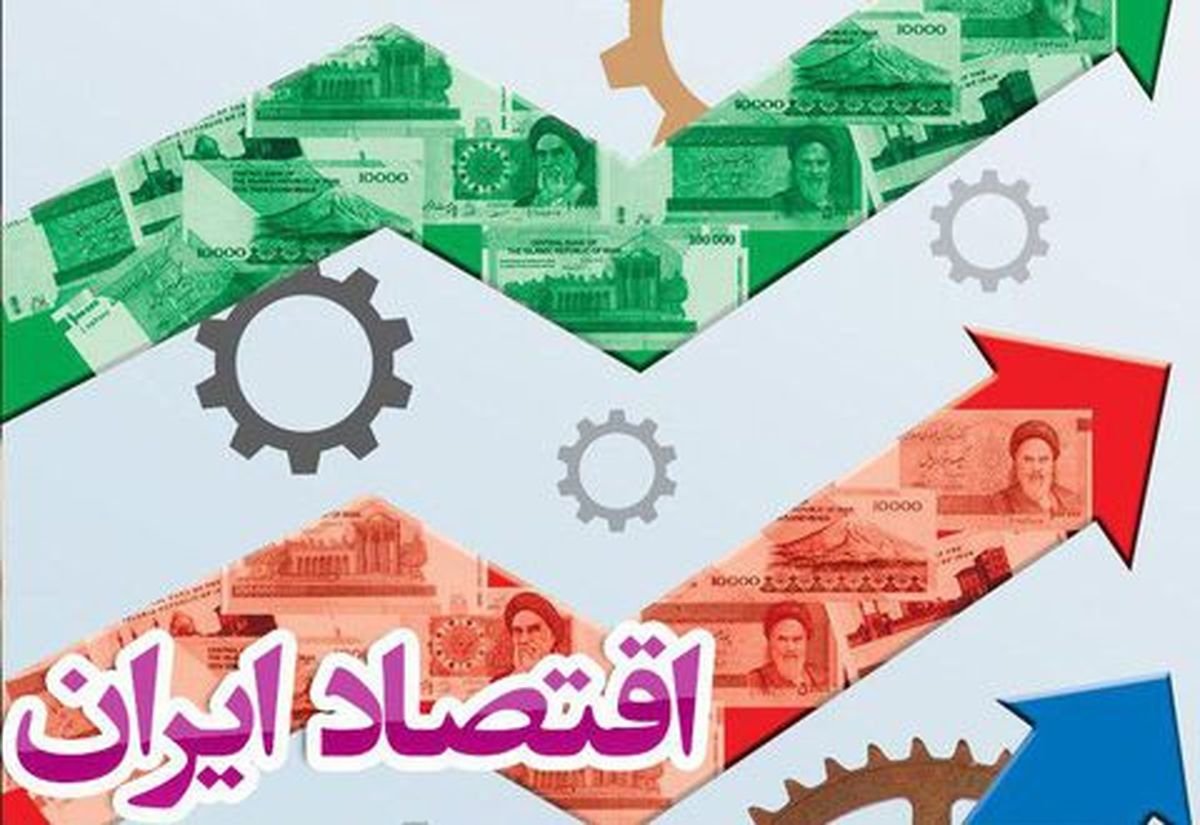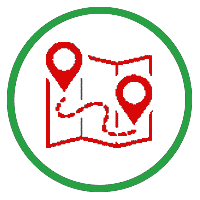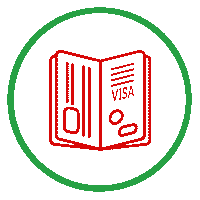ECONOMY OF IRAN

Economy – overview:
Iran’s economy is a mixture of central planning, state ownership of oil and other large enterprises, village agriculture, and small-scale private trading and service ventures. President KHATAMI has continued to follow the market reform plans of former President RAFSANJANI and has indicated that he will pursue diversification of Iran’s oil-reliant economy although he has made little progress toward that goal. Relatively high oil prices in recent years have enabled Iran to amass some $15 billion in foreign exchange reserves, but have not solved Iran’s structural economic problems, including high unemployment and inflation.
GDP:
purchasing power parity – $458.3 billion (2002 est.)
GDP – real growth rate:
7.6% (2002 est.)
GDP – per capita:
purchasing power parity – $6,800 (2002 est.)
GDP – composition by sector:
agriculture: 19%
industry: 26%
services: 55% (2002 est.)
Population below poverty line:
40% (2002 est.)
Household income or consumption by percentage share:
lowest 10%: NA%
highest 10%: NA%
Inflation rate (consumer prices):
15.3% (2002 est.)
Labor force:
21 million
note: shortage of skilled labor (1998)
Labor force – by occupation:
agriculture 30%, industry 25%, services 45% (2001 est.)
Unemployment rate:
16.3% (2003 est.)
Budget:
revenues: $29.5 billion
expenditures: $31.6 billion, including capital expenditures of $NA (2002 est.)
Industries:
petroleum, petrochemicals, textiles, cement and other construction materials, food processing (particularly sugar refining and vegetable oil production), metal fabricating, armaments
Industrial production growth rate:
5.5% excluding oil (2001 est.)
Electricity – production:
124.6 billion kWh (2001)
Electricity – production by source:
fossil fuel: 97.1%
hydro: 2.9%
other: 0% (2001)
nuclear: 0%
Electricity – consumption:
115.9 billion kWh (2001)
Electricity – exports:
0 kWh (2001)
Electricity – imports:
0 kWh (2001)
Oil – production:
3.804 million bbl/day (2001 est.)
Oil – consumption:
1.277 million bbl/day (2001 est.)
Oil – exports:
NA (2001)
Oil – imports:
NA (2001)
Oil – proved reserves:
94.39 billion bbl (37257)
Natural gas – production:
61.5 billion cu m (2001 est.)
Natural gas – consumption:
65.59 billion cu m (2001 est.)
Natural gas – exports:
110 million cu m (2001 est.)
Natural gas – imports:
4.2 billion cu m (2001 est.)
Natural gas – proved reserves:
24.8 trillion cu m (37257)
Agriculture – products:
wheat, rice, other grains, sugar beets, fruits, nuts, cotton; dairy products, wool; caviar
Exports:
$24.8 billion f.o.b. (2002 est.)
Exports – commodities:
petroleum 85%, carpets, fruits and nuts, iron and steel, chemicals
Exports – partners:
Japan 17.4%, China 8.6%, UAE 7.6%, Italy 6.6%, South Korea 4.9%, South Africa 4.4% (2002)
Imports:
$21.8 billion f.o.b. (2002 est.)
Imports – commodities:
industrial raw materials and intermediate goods, capital goods, foodstuffs and other consumer goods, technical services, military supplies
Imports – partners:
Germany 10.9%, Italy 9%, France 7.9%, China 7.4%, South Korea 6.5%, UAE 4.4%, Japan 4.1%, Russia 4% (2002)
Debt – external:
$8.7 billion (2002 est.)
Economic aid – recipient:
$408 million (2002 est.)
Currency:
Iranian rial (IRR)
Currency code:
IRR
Exchange rates:
rials per US dollar 6,906.96 (2002), 1,753.56 (2001), 1,764.43 (2000), 1,752.93 (1999), 1,751.86 (1998)
note: from 1997 to 2001, Iran had a multi-exchange-rate system; one of these rates, the official floating exchange rate, by which most essential goods were imported, averaged 1,750 rials per US dollar; in March 2002, the multi-exchange-rate system was converged into one rate at about 7,900 rials per US dollar
Fiscal year:
21 March – 20 March







